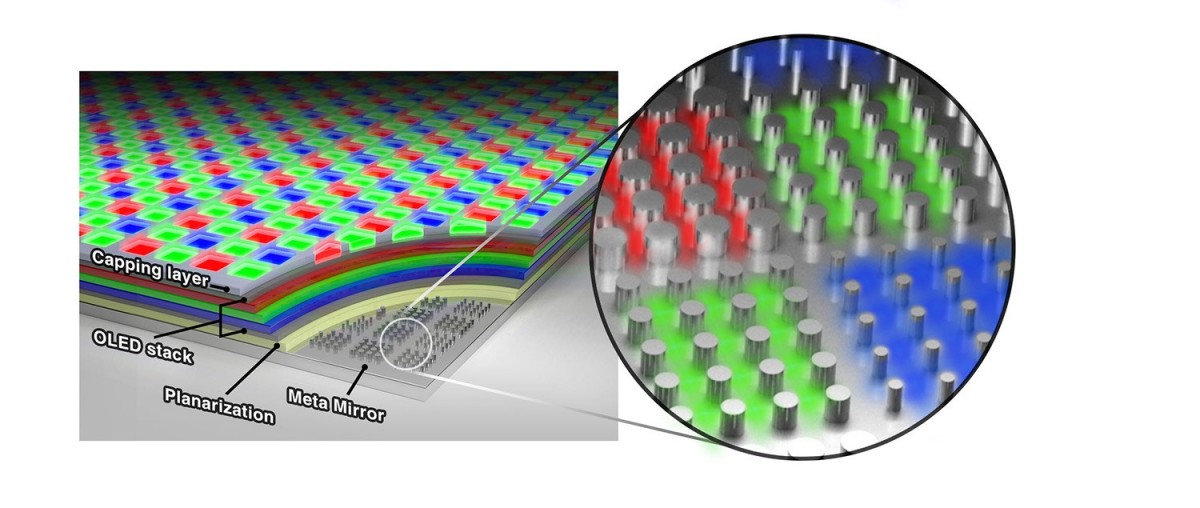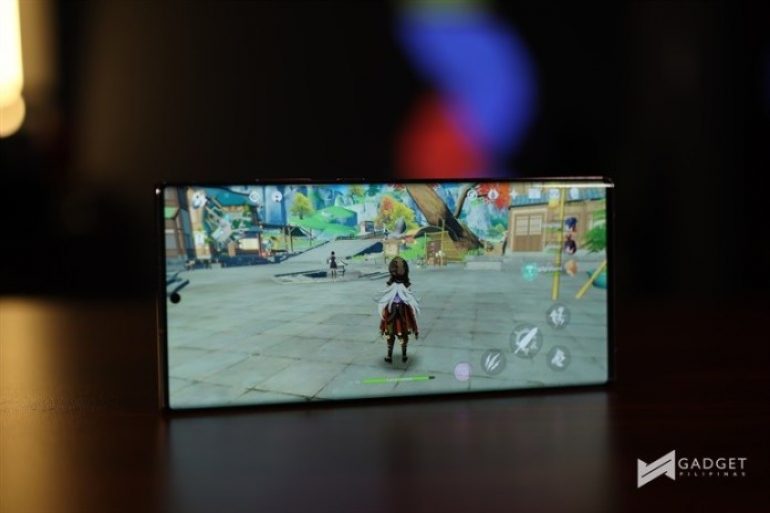Samsung has collaborated with Stanford to create an OLED panel with 10,000 PPI (pixels per inch). For comparison, the range of PPI in current smartphones go from 400 to 500 PPI.
They have done so by using ultra-thin solar panels which have allowed them to make a new architecture for an OLED display. It has a base layer of reflective metal with nanoscale corrugations. This manipulates the reflective properties of light and allows the different colors to resonate in the pixels, allowing for high PPI without sacrificing brightness.
 In theory, the high-density panel can be used for TVs, smartphones, and VR headsets.
In theory, the high-density panel can be used for TVs, smartphones, and VR headsets.
The new OLED from Samsung and Stanford is expected to be highly useful for VR headsets to be able to eliminate the “Screen Door Effect”. The higher pixel density should be able to make viewing things with the screen that close to the eyes much smoother.
This all sounds great, however, the problem with mass-producing the new OLED panel will be getting the hardware to process all of the pixels. Maybe Samsung is working on something that will be able to power the new OLED as well? Either way, it’s exciting to see companies innovate and we’re very excited to see how Samsung (and Stanford..?) will bring the new technology to consumers.
Ram found his love and appreciation for writing in 2015 having started in the gaming and esports sphere for GG Network. He would then transition to focus more on the world of tech which has also began his journey into learning more about this world. That said though, he still has the mentality of "as long as it works" for his personal gadgets.







